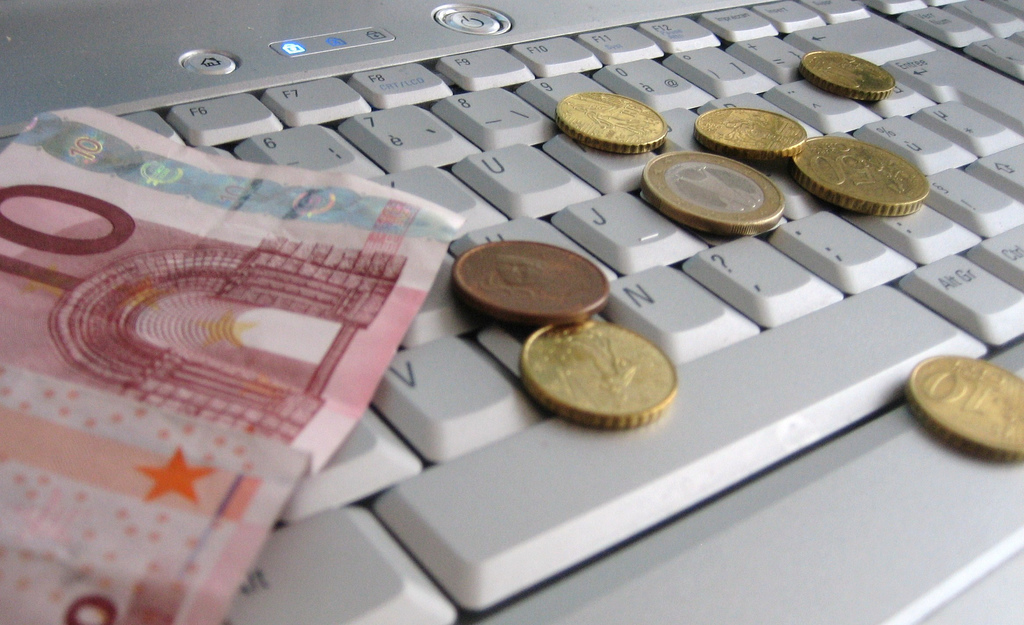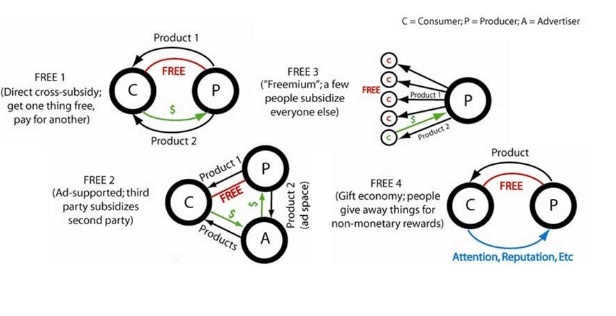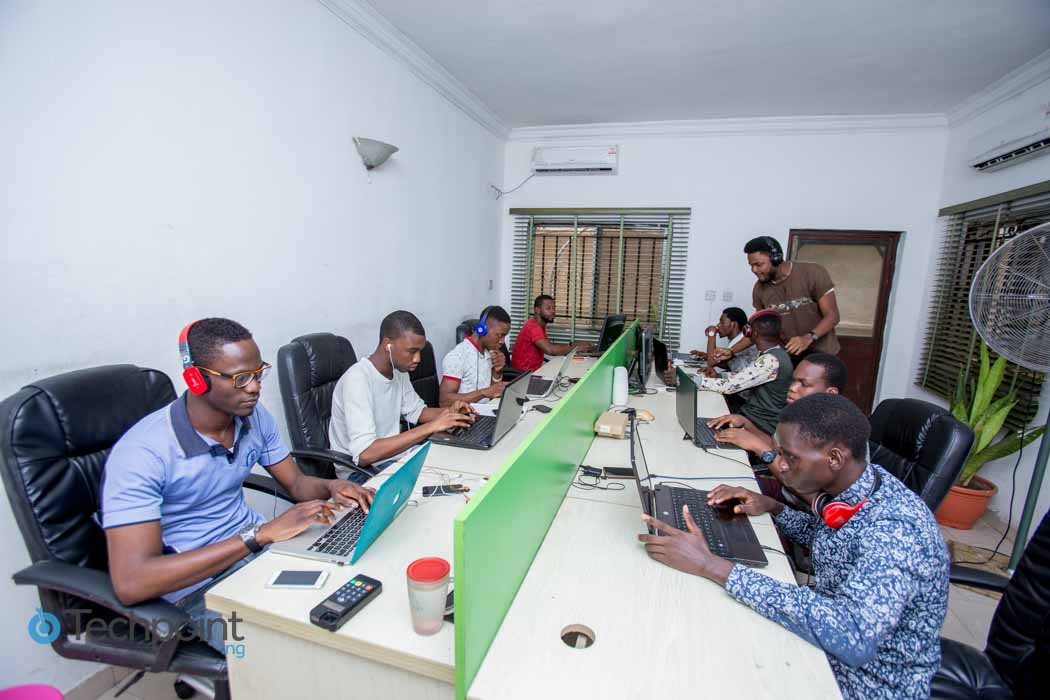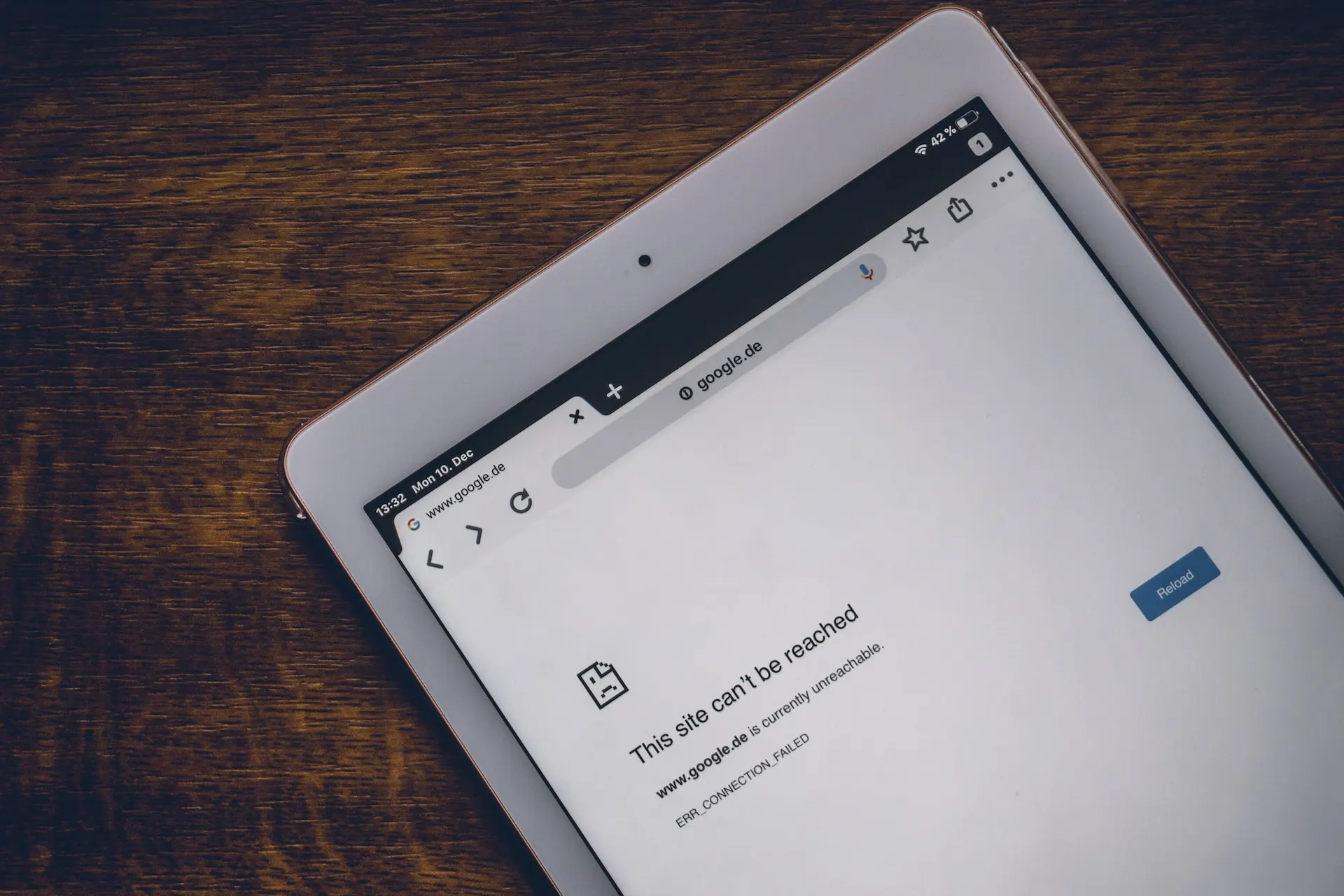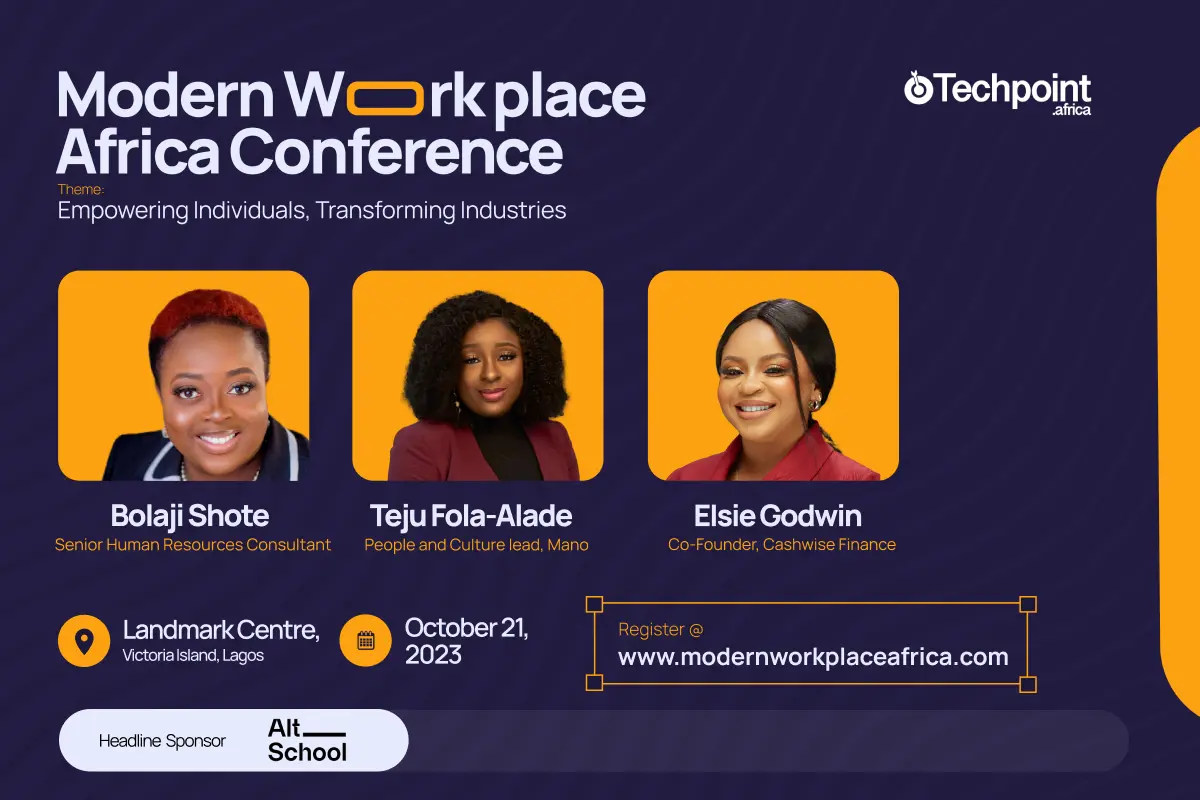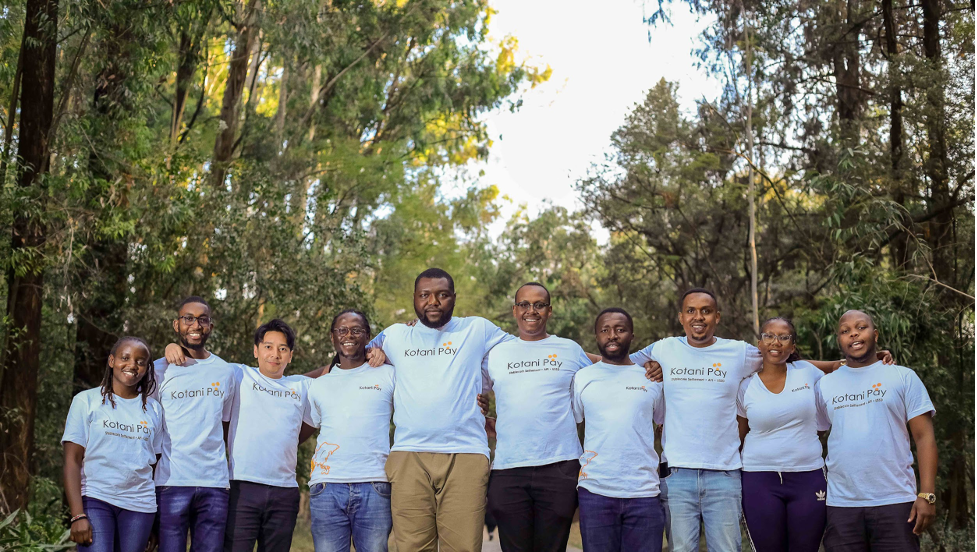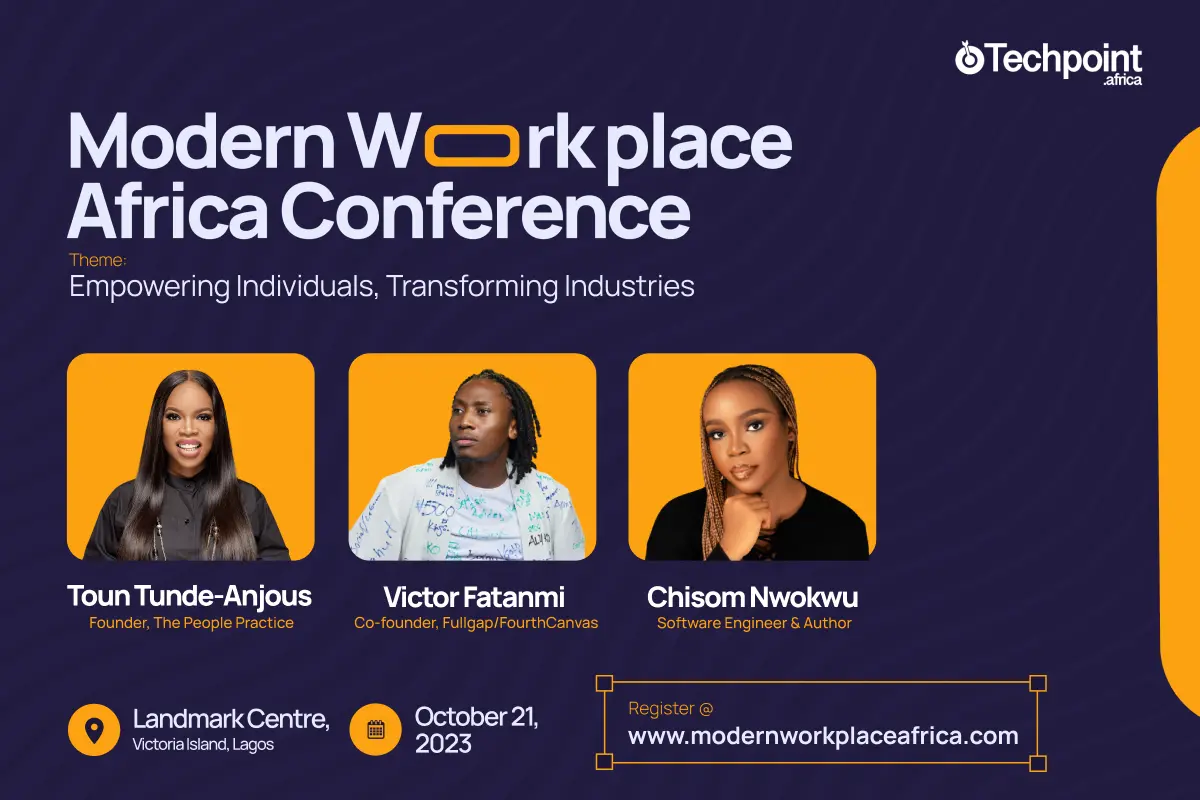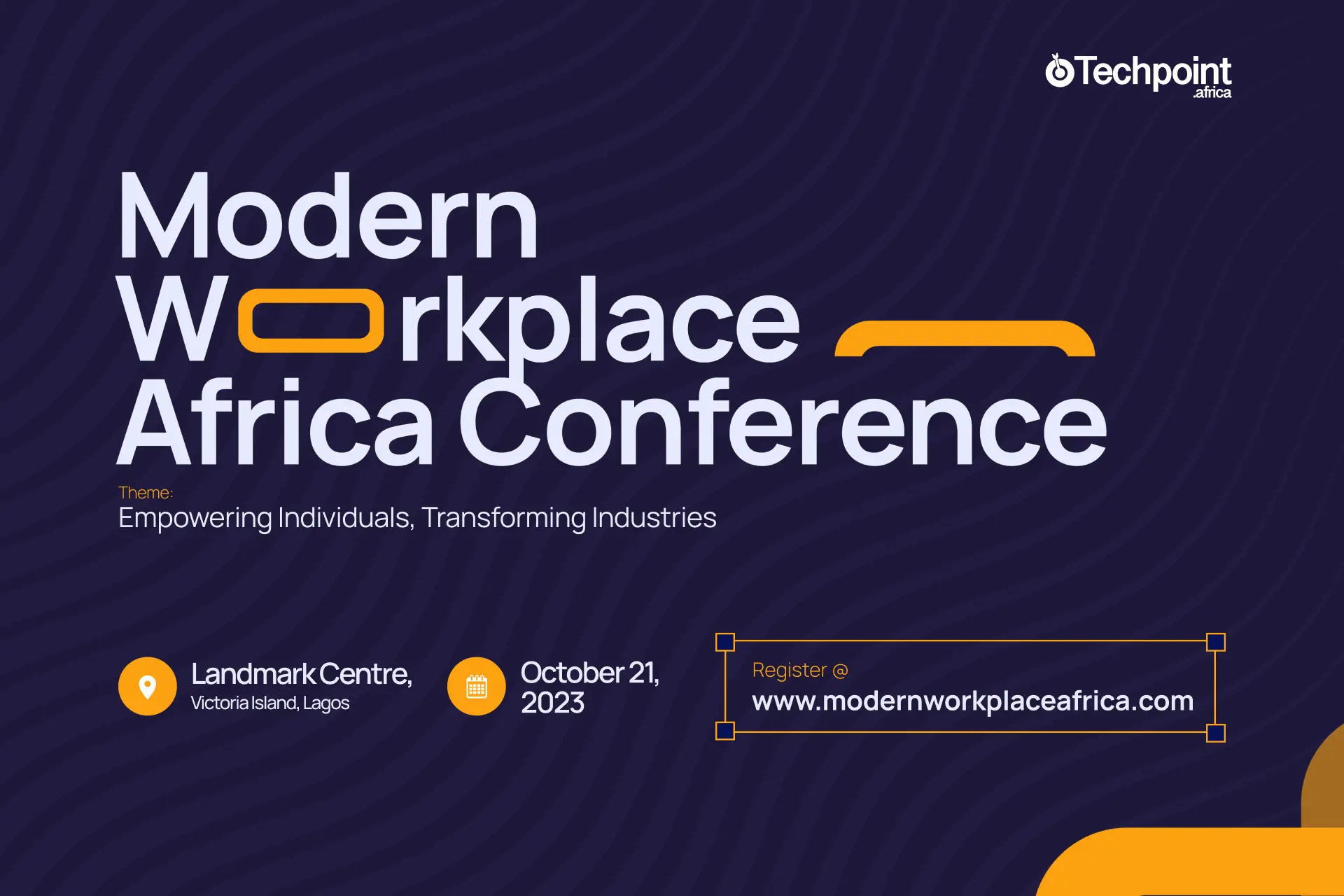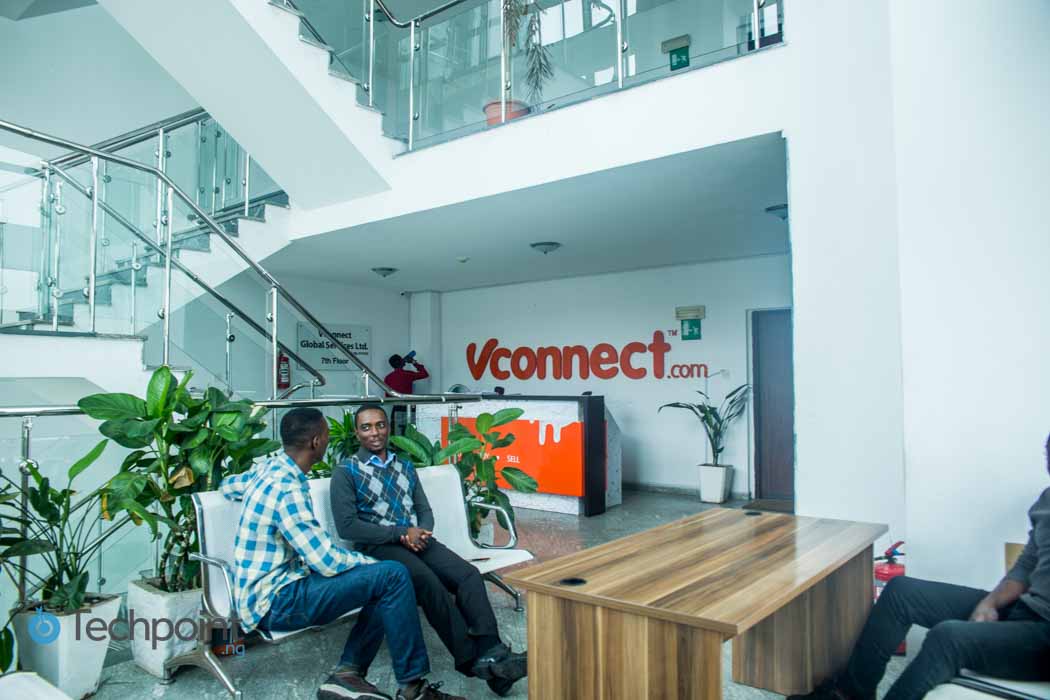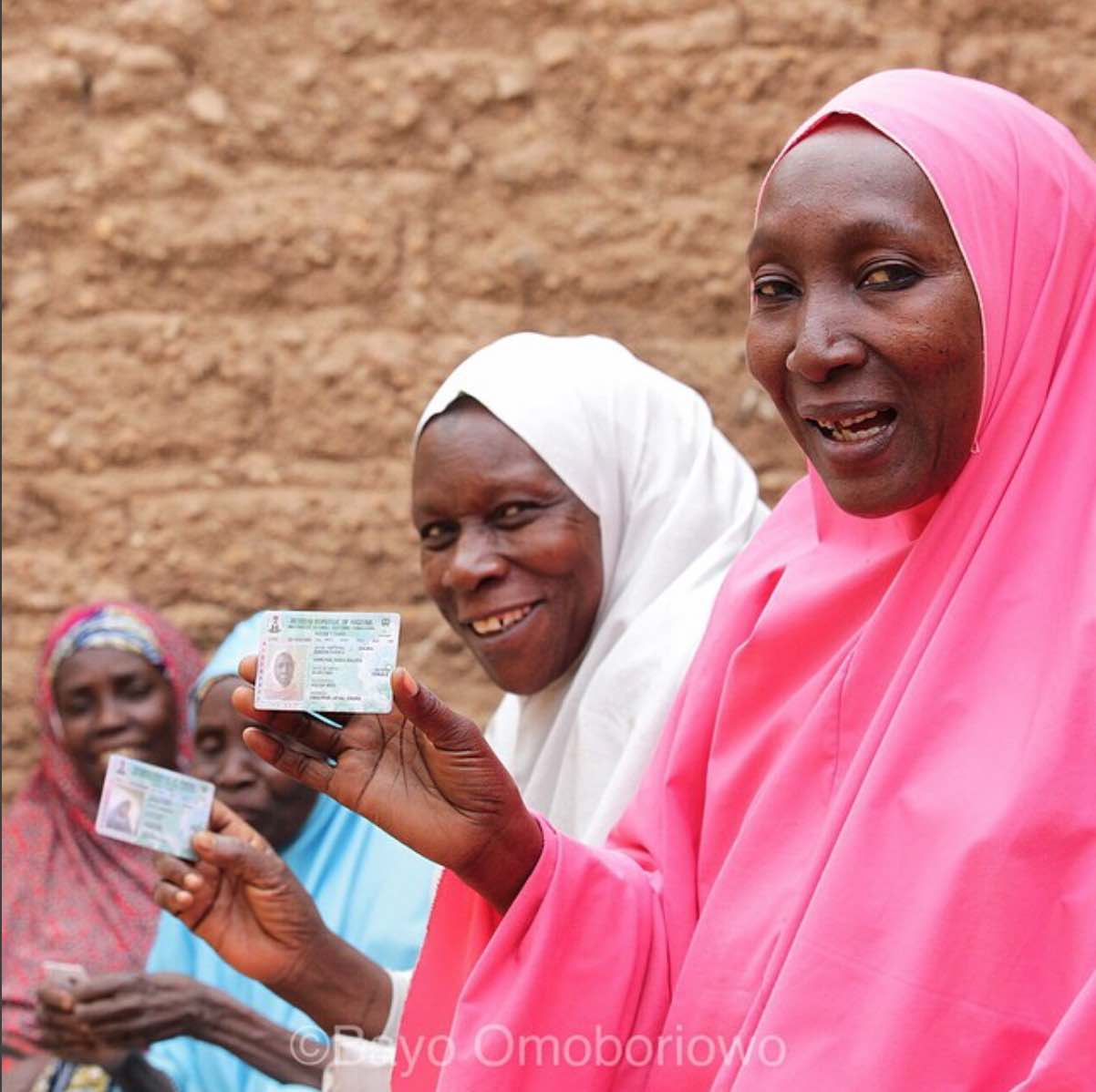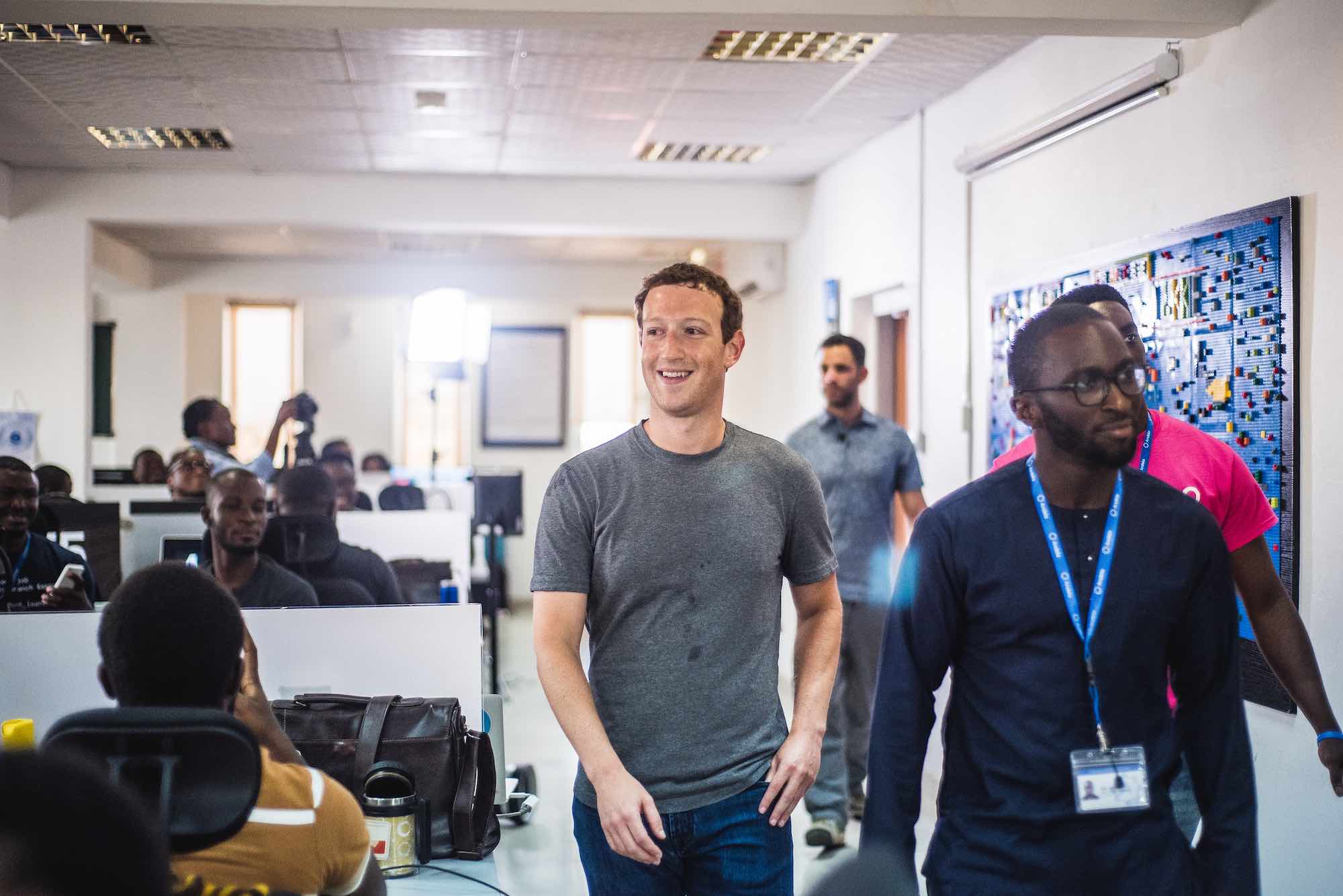There are several revenue models for startup nowadays. Yet none of them is as profitable, or can guarantee your startup's growth, as when you make your services and products available for FREE for users.
For example, social networking sites like Facebook, LinkedIn, Instagram, Twitter and Snapchat could have charged people to use their platform, but they are FREE. So how do they make money?
Before we go to the business models of free, let us consider some realistic scenarios.
Why "free" is the most powerful word on the internet and in Information Marketing
Free is one of the most powerful trigger words you can use in advertising. The psychology of "free" is powerful indeed, as any marketer will tell you. Take for example, Jeff Walker, a popular internet marketing consultant and author of "Launch", a book which he gave away for free. He was able to build a multimillion dollar campaign by offering to send this book to you for free to yet engineered a sales funnel that turned the freebies seekers to $2000 buyers of his coaching program.
The magic is that the free stuff he gave away was immediately useful, but it created a demand for a complementary service that users want to buy. (See how Bryan Harris explained it)
Why Google and Facebook are free
Between Google (now Alphabet) and Facebook, we have 5 unicorn products, they are: Facebook, WhatsApp, YouTube, Gmail and Android with each of them having over 1 billion users. They are all amazing products that millions of people use every day for free, yet they are making a lot of money somehow.
How could they afford to do this? This is because of the three-party system built around free economies. Here a third party pays to participate in a market created by a free exchange between the first two parties. In this case, Google charges advertisers for advert placement where it makes its revenue, same with Facebook.
Even when they are not charging directly (like with WhatsApp and Android), they have used the information to build relevant algorithms to improve their product and can offer this information to advertisers at a profit. (A good example is the Google Free directory service which has now been rested)
Right now, you may be thinking that you do not have the same resources to do this, however, you can adapt this at a scale that is realistic with your product. (More on this later in the business model section)

Be the smartest in the room
Give it a try, you can unsubscribe anytime. Privacy Policy.
Why a musician paid to give his music away to strangers for free
A platinum selling artist chose to give away 2.8 million copies of his new CDs with a retail value of $19 each. The CDs were distributed as insertions in a major newspaper. This meant that the artiste lost a potential $5.6million in licencing fees as a result of giving away the CDs.
Why would he do that? He understood the power of FREE. The Free music became publicity for a far more lucrative tour business that fetched him a gross earning of $23.4 million from his music tour alone.
Enough said.
These examples should indicate to you that “free”, if implemented well, can be the driver of growth and massive revenue for you, considering that Google serves 99% of its user free of charge and is now the most valuable tech company in the world.
How can you implement The “Free Model” to drive your business growth?
According to Chris Anderson, former editor of WIRED Magazine who popularised the idea of the free economy model in 2008, "free has as much power over the consumer psyche as ever. But it does mean that Free is not enough. It also has to be matched with paid"
So, how do you do that?
For example, if you are at the early stages of your startup launch, "free" can be used to drive product adoption while you strive to achieve product market fit. This way, you get users to get used to your product such that the "cost of migrating" to another platform is high to the user when you announce a paid version. A good example is Facebook: in its early days Facebook was free to use until it started charging brands for exposure via Facebook ads.
Below are five ideas that can be modified to your current business model
Freemium
Freemium is a combination of two words; “Free” and “Premium”. It is a very popular model among apps and SaaS platforms in which low-tier users enjoy free access to use the product while power users have access to more advanced tools at a cost.
Freemium is different from free trials. With freemium, basic users use the services completely free. A good example is MailerLite with restricted access. While freemium model has helped a number of startups to acquire users fast, it is important to balance this with the objections raised to the viability of freemium as a business model.
You can easily implement the freemium business model in your current business by following good practices used by other companies. You need to offer a lot of incentives for free users to upgrade to paid plans. Here is a list of some paid services you can offer your users.
- Upgrade features
- Premium services
- Support
- Add-ons
- Pay for commercial use
- Product giveaways for promotional purposes
- Membership
- Product trials
Advertising
Google and Facebook are perfect examples of how advertising works when your product is free. On Facebook, brand that want to reach their audience pay since organic reach has reduced. The advert placement can be as low as $5 and can be bought for cheap.
Before advertising can become attractive brands must be guaranteed that they are reaching an engaged audience or a large database of their target market. That is why a business directory like VConnect (which recently pivoted to an online mall) is free to use but offers featured listings (advertising) and other premium services to advertisers.
Cross Subsidy
Cross subsidy is when you sell product A that is complementary to product B below market value (or give it away) in order to create demand for product B.
A good example was when Gillette gave away cheap blades to create demand for its premium blades. This led to massive product sales for Gillette in the 1900s. He even sold more blades using this model than when he had an exclusive licence for razor blades production and sales in US.
Price Intelligently noted this idea has morphed into razor-razorblade pricing model. The article explained that offering your full product at its full price right up front can be exceptionally expensive to a consumer, especially if there’s no guarantee that they’re coming back to buy more. Fortunately though, the average consumer doesn’t think too far into the future about those future costs, even when buying expensive items like a car. As such, with a razor-razor blade pricing structure you can utilize your “razor” as a loss leader or low margin product to get consumers over that initial price sensitivity hump, all knowing that they’ll be back for more “razors.”
Other examples include:
- Give away the cell phone; sell the monthly plan – popular with telco carriers like Orange, AT&T etc.
- Make the video game console cheap and sell expensive games
- Install fancy coffeemakers in offices at no charge so you can sell managers expensive coffee sachets.
- Give away free stuff, charge for shipping and make more money from up sells.
Gift Economy
There are several volumes of the encyclopaedia that it has become tedious to carry it around. Jimmy Wales founded Wikipedia with the goal to “gift” the website as the online version of the highly useful encyclopaedia. It offers immense value to the users without asking for compensation for the businesses.
Wikipedia.org is a completely free product. Just like Firefox, StackOverflow and Quora.
So, how does Wikipedia make money? Answer ranges from donations to fund raising events and anything in between. Open-source projects like backed by a not-for-profit foundation (an example is FSF and Mozilla foundation) and they take donations to keep up the projects, sometimes, even profitably.
Other "free" idea vaults
Many digital and SaaS businesses can adapt unto several "free models" especially since the cost of distribution is marginally close to zero. Here is a list of ideas that media entrepreneurs can leverage to monetize their free model. Also, the team at TrendWatching published a big list of free ideas across telecoms, airline, car rentals, food & beverages and several other industries with examples of companies operating the model successfully (hint: it is a MUST read)
Big credit to Chris Anderson (author of LongTail) for many of his breakthrough thoughts on this business model. He wrote a book called "FREE: The future of a radical price" which is available for free download, of course.
Conclusion
A subtle application of any of these models to your startup can help you benefit from your customers’ innate desire to have something free while you increase your ROI.
Finally, I think you need to understand that even though free is a disruptive force, this does not mean that if you deploy a free business model you will be successful. In fact not everyone agrees with this model.
Do you know any other ways you can implement the “Free Model” in your business? Feel free to share.
Photo Credit: louisvolant via Compfight cc

